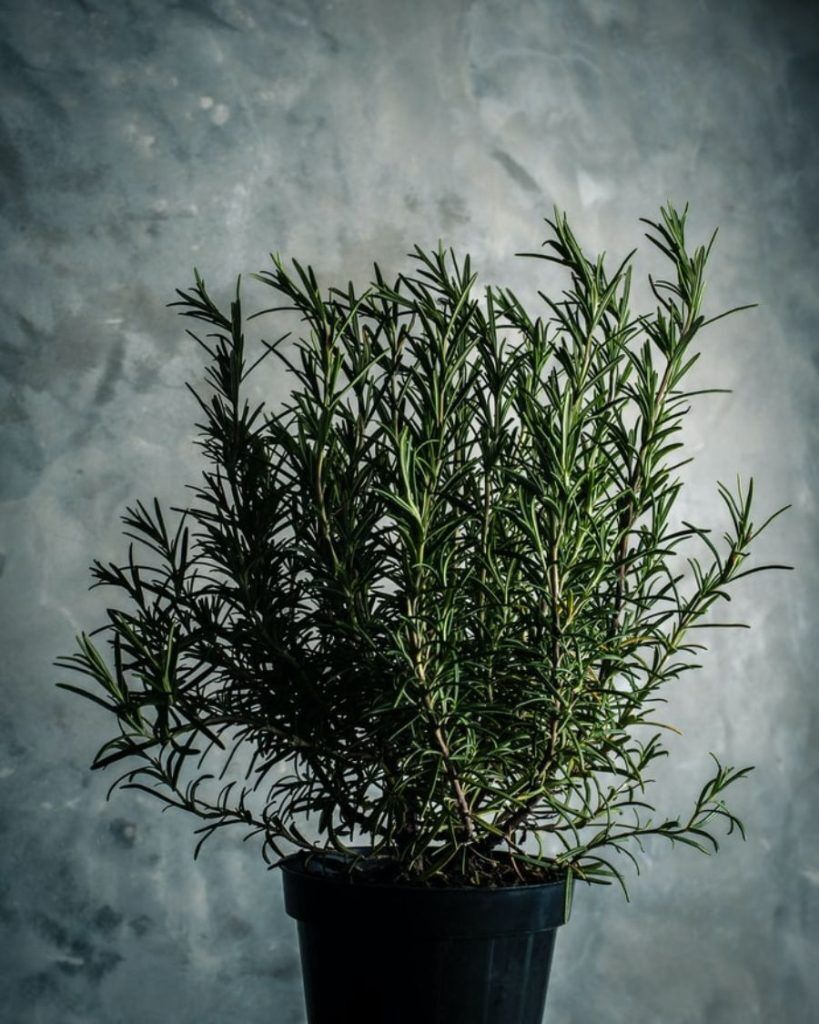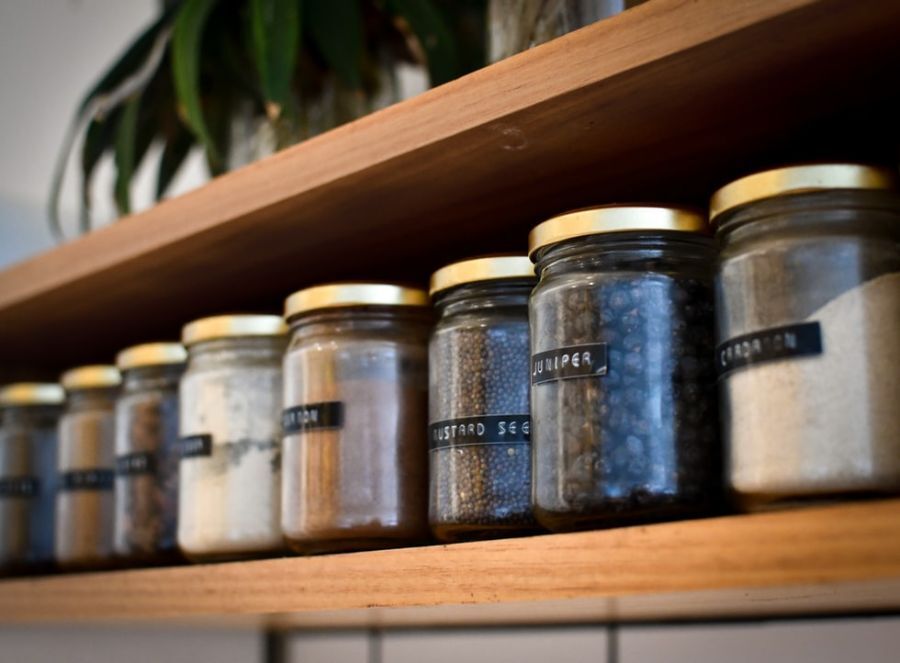The weird and wonderful uses of spice
Featured, Understanding Spices
Your cart is empty.
SUBTOTAL
£0.00

Featured, Understanding Spices
Spices and herbs are a staple of every kitchen providing interest to many dishes by enlivening the taste buds. Not only have they played a role in cooking but, historically, in medicine too.
However the story doesn’t end there. It gets much stranger. Let’s look back and dive into the weird and wonderful uses of spice.

It’s a warm summer’s day. The kitchen doors have been open and a long, thin, relentless line of ants has marched in from the garden. Working their way up the wall and on to the worktop they make their way to where an apple crumble is cooling.
Ever had that problem with ants? Well, how about a little black pepper? Sprinkling black pepper on work surfaces, door entrances and between floor boards will keep the ants away!
Mixed with a little flour and sprinkled around garden plants, black pepper will see all the bugs, previously munching away, disappear overnight.
Poison-free, black pepper is safe on work surfaces, in cabinets, on window sills, near food, children and pets. It is easily accessible and reasonably cheap. What a winner!
Historically, thyme was thought to have a wide range of properties that could influence many aspects of daily life – from the ordinary to the far more interesting.
The Romans regarded it as a protector and healer. They believed that by eating thyme before or during a meal it could undo the effects of poisoned food – a very valuable asset, no doubt, for emperors! Even bathing in heavily infused water after being poisoned was regarded as efficacious!
Thyme was also used by the Romans and ancient Greeks as incense on religious occasions, to purify rooms and to deter mosquitos and animal pests. It was laid on coffins and tombstones to ensure a safe passage into the after-life and the ancient Egyptians used it as part of the embalming process.
Thyme was also associated with courage and bravery. Large swathes of it would be burned before battle to evoke bravery, strength and courage. Roman soldiers would exchange sprigs as a sign of respect and attach it to their armour. The ladies in their lives would present them with sprigs as a farewell gesture…
Shockingly, as with many other herbs, thyme was used historically as part of sacrificial rites. After the many ‘innocent’ applications this must seem one of the more controversial…
On a brighter note, during the middle ages in Europe, thyme was placed under a pillow to induce restful sleep. It was also an ingredient in love potions! Delving into the realms of fantasy, according to German and Danish folklore, the best place to seek out fairies was amongst the wild thyme!

The ever popular mint plant, of which there are many species, has performed a wide variety of functions over hundreds of years. The ancient Greeks and Romans believed that mint really did bring something ‘to the table’, decorating their feast trestles and themselves with garlands of the herb for their positive ‘vibes’. It was used by the former as a perfume particularly for their arms and is still, today, evident in the perfume and cosmetic industry. Despite being symbolic of cheerfulness, mint featured significantly during funeral rites.
In Biblical times it is thought that mint, as a very valued commodity, was used to pay tithes.
The chemical element derived from mint – menthol – is well known for the cooling effect it has on skin which in turn can bring pain relief.
Historically mint is one of the many herbs and spices that has been used to deodorise breath and to whiten teeth and, of course, is well known today as an ingredient in toothpastes and mouth washes.
Mint was once used to prevent milk from going sour, to promote good sleep and to ‘freshen up’ hard, earthen floors. From being a deterrent for mice, mosquitoes, flies, wasps, hornets, moths, ants and cockroaches to “send(ing) cool odors throughout the house” (Adele Simmons) when strung up in an open doorway, it would seem that mint is capable of effecting feats of ‘royal’ proportions!
Planted with tomatoes and cabbages, mint repels the pests that can decimate the harvest. It can also keep drawers sweet smelling and bug free!
Chapped hands can benefit from a ‘brew’ of boiled mint and, interestingly, by adding mint to food there is less need for salt. Good news for those who suffer from hypertension!

A number of spices and herbs have played a very important role in love and romance throughout history. They are said to influence emotion and passion and have traditionally been associated with fidelity, marriage and fertility. In this case – ‘r’ for ‘rosemary’ and ‘r’ for ‘romance’!
The Tudors sprinkled rosemary ‘needles’ on a newly-wed couple’s bed for luck. (There are no records of successful outcomes!) Brides often carried rosemary or wore rosemary wreaths in their hair. Sometimes the whole wedding party would be similarly attired. For centuries rosemary has been planted in gardens and used as indoor decoration to bring good luck.
Rosemary would be used as a symbol of love and remembrance at a funeral. The ancient Egyptians would lay it on graves and tombstones to ensure a successful ‘passing’ into the next life.
Scholars of ancient Greece would wear sprigs or garlands of rosemary in their hair believing in its cognitive and memory enhancing properties. More recently scientific findings show that breathing in the aroma of rosemary is the most efficient way by which the brain absorbs the relevant cognitive ‘boosting’ compounds.
‘Aromatherapy’ existed for many hundreds of years before its more recent renaissance. The recognition of rosemary as a stress ‘buster’ and mood improver with the added capacity to boost cognitive prowess and academic performance tells us just how astute our forefathers were. Their belief in the physical, psychic and spiritual purification of this particular herb leaves much for us to ponder on.
Rosemary has, over the years, become universally symbolic of love, happiness, loyalty and remembrance. Add to that the culinary, healing and cosmetic properties of rosemary as well as its ability to increase brain power and what excuse could there possibly be for not adorning the house and the garden with this wonderful herb?
Ps. It is great for hair loss too. What an endorsement!

Historically dyes were ‘extracted’ from the natural world from plants, trees, invertebrates, minerals, fungi or lichens. Crushed insects for their purplish/red colour (cochineal) or sea snails also for their purple/reddish hue may not appeal to the squeamish whereas herbs and spices may be infinitely more palatable!
Dyes derived particularly from the plant world are gaining in popularity nowadays as we become more and more interested in healthy lifestyles and general well-being.
Turmeric is one of many spices used for dyeing fabric – a practice that originated in ancient India. Known as the ‘Indian solid gold’, it is one of the most popular dyes giving vibrant results with its strong, yellow hue.
Saffron – an exotic luxury because of the intensive and therefore expensive harvesting process – imparts a deep orangey-red colour. It has always been highly prized in India (where the top band of the national flag is the colour of saffron) and has become so in the rest of the world.
Other herbs and spices used for dyeing fabric include sumac berries (brown) lavender (pink) and bay leaves (yellow).
It is worth considering that wearing clothes dyed with natural products may well be a healthier option than those dyed with potentially harsh chemicals. Might the natural dyes also pass on their positive qualities? For example, might cinnamon impart its natural energy-boosting properties? Food for thought?!
Understanding Spices
Spices have long been integral to the UK's culinary landscape, adding depth, flavours, and richness to a myriad of dishes. From the pungent aroma of cumin in Indian curries to...
Read MoreUnderstanding Spices
Confetti is an essential part of any wedding day. Not only is it a wonderful way to greet a newlywed couple, but it also provides some beautiful photo opportunities. The...
Read MoreSeasonal Ideas
It’s no secret that any handmade gift will always be more special than a store-bought one. Homemade food gifts are especially wonderful, a labour of love that shows someone you...
Read MoreHealth and Wellbeing
It’s no secret that winter’s cold and gloomy weather makes us crave indulgent dishes like fondue and baked goods like sticky toffee pudding and apple crumble. While Christmas is the...
Read More